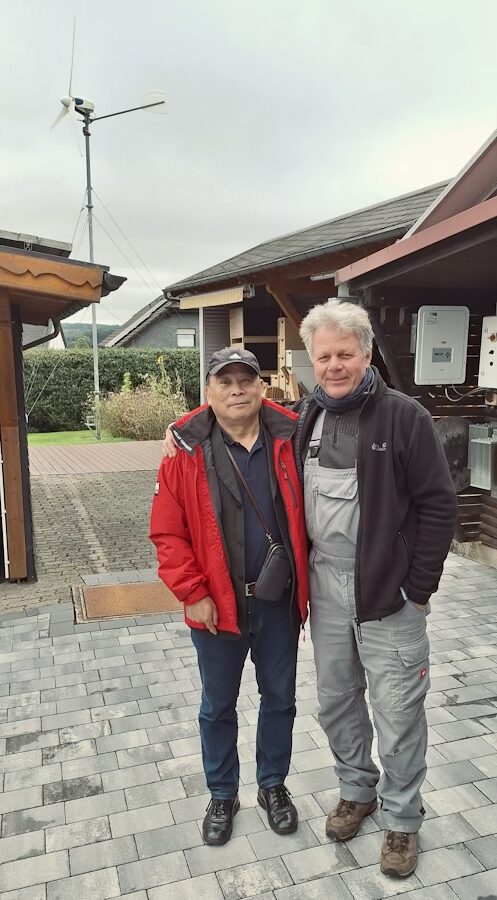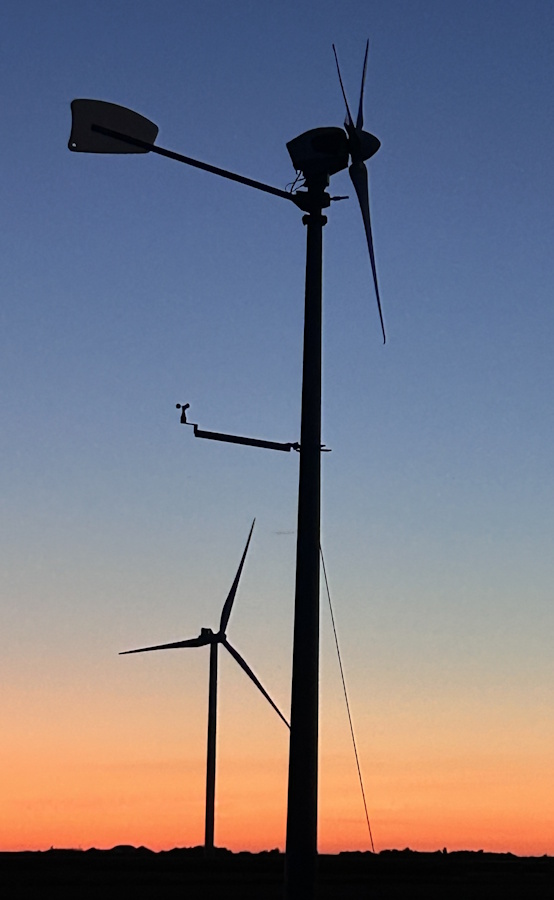

Guest commentary on the current debate:
The well-known St. Florian’s Principle or the visibility of the energy transition
(Comment on the current project of Stadtwerke Marburg to reach a small wind turbine in the OT Wehrhausen near an excursion restaurant).
As a volunteer member of the BWE (German Wind Energy Association) and independent consultant for small wind power projects, I experience every day what reservations still exist with regard to the small, decentralized plants that generate electricity for self-consumption.
However, this is completely unfounded with reasonable project planning and the right system selection. Why? Because we have very strict national and state-wide licensing requirements in Germany. For example, the TA-Lärm regulates nationwide exactly which noise immission values may reach the residents. The same applies to other immissions such as shadows.
Distances and stability, in turn, are regulated by the state-specific building codes.
All this is queried by the responsible building authority for systems subject to approval, i.e. systems that exceed a total height of 10m. Rather, the operators, who are mainly motivated by idealism, have the problem that some authorities apply the requirements that apply to the large plants to the small ones as well. Here are 2 figures that reflect the size ratio, related to the area covered by the rotors: 1. large wind turbines: 11,000 m², 2. medium small wind turbine 12.5m².
If, contrary to the unfortunately often haphazard federal and state policy (best current example: Bavaria), municipalities or municipal energy suppliers, such as Stadtwerke Marburg here, show themselves open and willing to give small decentralised systems a chance to supply consumers directly and without line effort, the citizens should accept this and then examine their own options.
As far as the concerns of the resident and operator of an excursion restaurant with the current project in Marburg are concerned, it should be said that the guests would almost have to be equipped with telescopes to correctly recognize a rotor with slender blades and a rotor blade length of little more than 2.5m at a height of a good 20m at this distance. There is also no position of the sun so low that shadows could still occur here. The lowest would be in winter, not exactly the beer garden peak season. Noises are also not to be expected, unless the whole beer garden listens carefully in the direction of the wind turbine, perhaps with the above-mentioned binoculars in front of their eyes – a rather curious picture. In addition, when does a wind turbine make noises – in a lot of wind? Do you like to sit in a beer garden when there’s a lot of wind and the fries blow off your plate?
Basically: shouldn’t we gradually rethink? What do we want? Electricity that comes from the socket in a nuclear or extremely CO²-emitting way or to show what is actually necessary to generate the energy that has become so self-evident, namely commitment and technology! Where is the problem if the guests of the restaurant would actually look at the wind turbine and notice that it rotates and generates electricity? Is there anything wrong with that?
Practice and serious surveys show that the operators of small wind power in particular meet with almost 100% approval from the population and the more practical experience there is, the higher the popularity. Only before – fear often prevails!



